
Are You 18 Or Over?
YesOr
No By clicking yes, you certify that you are over 18. By using this website, you agree to our legal disclaimer.605+ Cannabis Strains over 20 Breeders worldwide.
Table of Contents
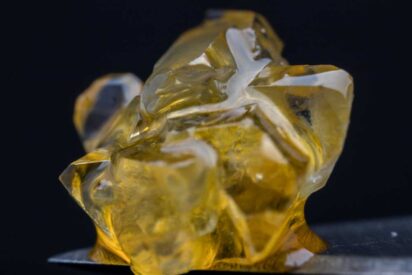
The new cannabis trend is a method for producing highly condensed marijuana products, also recognized as “dabs,” via simply just use a traditional blow dryer to apply controlled pressure and temperature to either a cannabis plant. This DIY process on how to make dabs of cannabis has mostly started to take off by many hashish enthusiasts a few years ago, but still, there is by now a market demand for what amateurs call Rosin Tech — such as manufacturing-sized production set-ups — and a genuine awareness among intelligent weedheads that such chemical-free, explosive decompression-free, the fast-and-easy concentrate will eventually conquer the marketplace.
Whether you’re trying to become a master of the dab, you need to perfect how to start making dabs! Marijuana dabs were the fury nowadays, owing to the mad scramble of impacts due to the higher concentrated cannabinoid potency. A few other THC wax specimens tested up to or higher than 90 percent THC. This article will give all the information you need to start perfecting the craft of Dabs.
Dabs are resinous marijuana concentrate produced by harvesting THC, CBD as well as other active cannabinoids, often using combustion byproducts or greenhouse gases solvents, to create solids commonly known as wax, break, budder, butane dried herb (BHO), or fresh resin. Assume with dabs as “bite-size,” single-serve hits which are generally no larger unlike your finger fingernail (although that’s a huge amount!). Using only a dabbing device, you squeeze a dab it onto finger but instead apply a torch to switch the solute into vapor. Eventually, breathing as many of the mist as you can. In a moment, this is dabbing.
Alluding to an amount of glass-like blends, it is simple to see where it got its title shattered. Because all shattering styles are bendable, most are rough to the contact, and others may be soft. Shatter is quite popular because of its credibility for being pure and of quality.
Crumble matches its identity with the roughest consistency of all the types solely on this whole shortlist. This centralized processing handling using a little faster as compared to many other dabs.
Since it possesses a comparable quality to peanut butter, This type of Dab is surprisingly easy to use, as well as a throwaway gag, too. It is made into either a seamless material by flinging resin or insulation shatter.
Wax dabs were not necessarily sticky, and can only be managed with a dry dab device. If you ever don’t follow this heads up but also try using your fingers only with wax, you’ll end up with such a greasy mess. While shatter is usually known to become the truest dab available, high amounts of THC nor CBD may be present in the sapper wax.
Some focuses are known as liquids with several different concentrations of extract, as compared to a stable state. Usually, such oils were used in a vial for easy and functional uses, although they usually taste distinct regardless of the manner the oil was collected.
In fact, the resin was its oily trichomes present mostly on leaves to flowers of adult pot plants. Resin too is classified as ‘sap’ by washing the stems out and treating them. It is a naturally occurring substance and using it as a protection against predators that could consume the crop before anything reproduces.
Live resin was not something users can generate in the house, demanding a research lab as well as trained technicians. A comparatively recent form of the compound, it requires a lengthy and complex method of cooling freshly grown marijuana plants cryogenically. Many that want the real medical effects of marijuana to choose live resin. But it’s usually more expensive than everyone else on the whole list, kudos to the scientific manufacturing process.
Rosin is a simple and secure-to-produce concentrate that is created by draining and treating cannabis plants when using the amount of heat to discharge resin-filled of THC. You could manufacture rosin in the kitchen versus live resin because it doesn’t demand chemicals and is inexpensive to manufacture.
Dabbing needs some sophisticated instruments, so users can’t attempt one morning to consider starting it out without running errands first. Odds are you also have some of the raw components lying across your living room. You’ll also need below to produce dabs:
Here is the step-by-step tutorial below on how to make dabs of cannabis in the comfort of your home not including any risk of property damage or even death:
And, you’re done. You can now enjoy your dabs!
As for those other cannabis consumption forms, caution must be taken at dabbing. These are only a couple of both the benefits and drawbacks relevant to dabs:
Like with any unique marijuana effort, starting small is always a smart option, and taking it slowly. Recommend one-hit whether you’re dabbing for maybe the first point, and allow time several minutes to see just how the body’s reaction. When you like one, you can still hit the gear again because if you carry one too far, you won’t recover those impacts. The same goes for how to make dabs of cannabis, Work with a simple batch, have that process hanging but then raise your output when you have some experience. If anything, then in a botched effort to try new things, you will not bother wasting either of your valuable buds.
At the end of the day, it still depends on how you wanted to use this new technique. Always remember to have fun along the way and be comfortable. It’s still smart to play-safe with this kind of endeavor instead of blindly going forward. Make sure you equip yourself with proper knowledge.

[ez-toc] In indoor gardening, maintaining an optimal temperature within your grow tent is crucial for the health and productivity of your plant
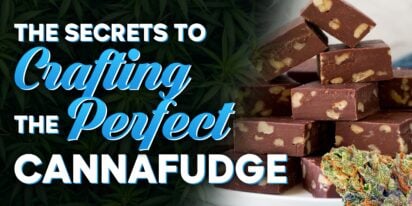
[ez-toc] Welcome to the delightful world of cannafudge crafting, where sweetness meets sophistication, and cannabis infusion adds a unique twis
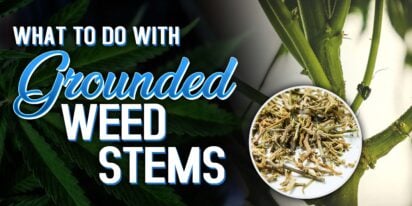
[ez-toc] You’ve finished trimming your weed, but what about those leftover stems? Don’t throw them away! These seemingly useless bits can a

Feeling high can be an exhilarating experience, but it's essential to make the most of it by engaging in activities that enhance the sensation a
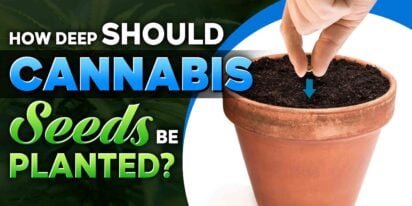
[ez-toc] Starting with planting cannabis seeds might seem simple, but how deep should cannabis seeds be planted for them to grow well. In this
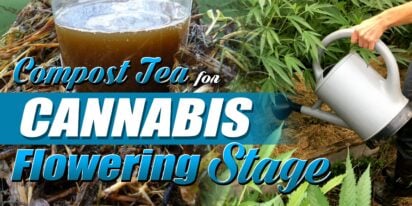
[ez-toc] In the realm of cultivating cannabis, maximizing growth during the flowering stage is a top priority for growers. While various method
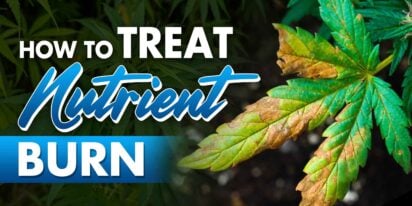
[ez-toc] Nutrient burn is a common issue among plant enthusiasts, often resulting from over-fertilization or improper nutrient application. It

[ez-toc] Welcome to our complete guide to dealing with harmful pathogenic mold in cannabis. For those who grow cannabis, preventing mold is vit

In recent years, there has been speculation about “did Shakespeare smoke weed?” This idea originates from a study by South African anthropol
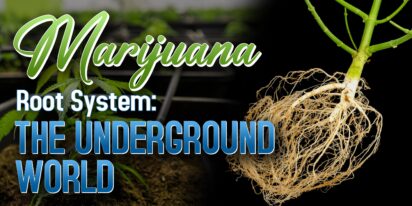
[ez-toc] Welcome to the hidden world beneath the soil – the inside of the marijuana root system. While the vibrant leaves and resinous flower

Are You 18 Or Over?
YesOr
No By clicking yes, you certify that you are over 18. By using this website, you agree to our legal disclaimer.